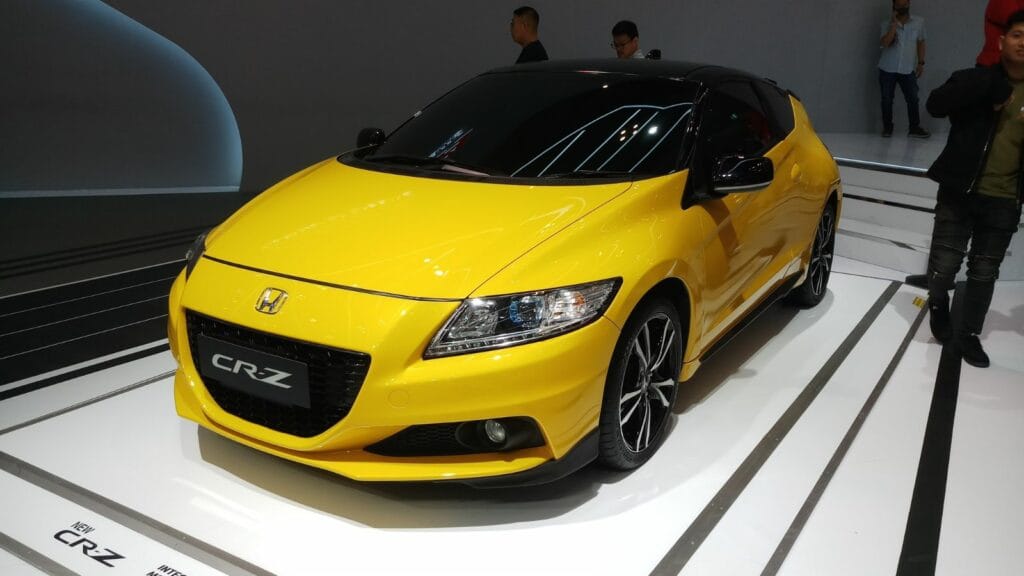With icy roads, deep snow, frigid temperatures, and sudden storms in Canada, not every vehicle can handle the seasonal challenges. Some models, despite their flashy features and modern tech, fall short when put to the winter test. These 23 vehicles have gained a reputation for struggling through snow and ice.
Chevrolet Camaro
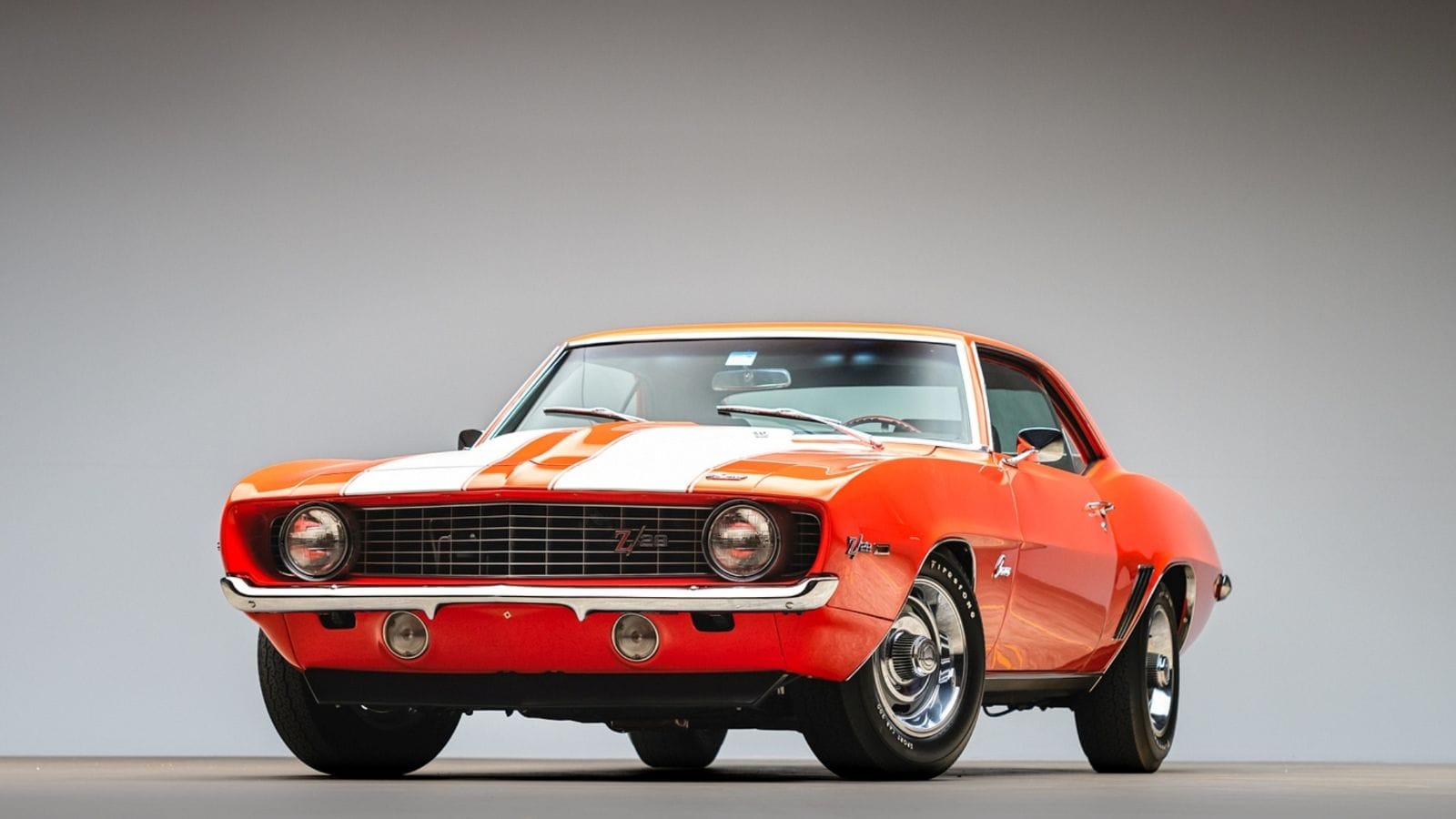
The Camaro is fun in dry conditions, but its low-slung body and rear-wheel drive make it impractical in snowy environments. Traction control can only do so much when dealing with snow-covered roads. Ground clearance is minimal, leading to underbody scraping and reduced maneuverability. While newer models come with optional snow modes, the performance tires are still not built for ice. The cabin doesn’t insulate well against extreme cold, and visibility is limited.
BMW i3
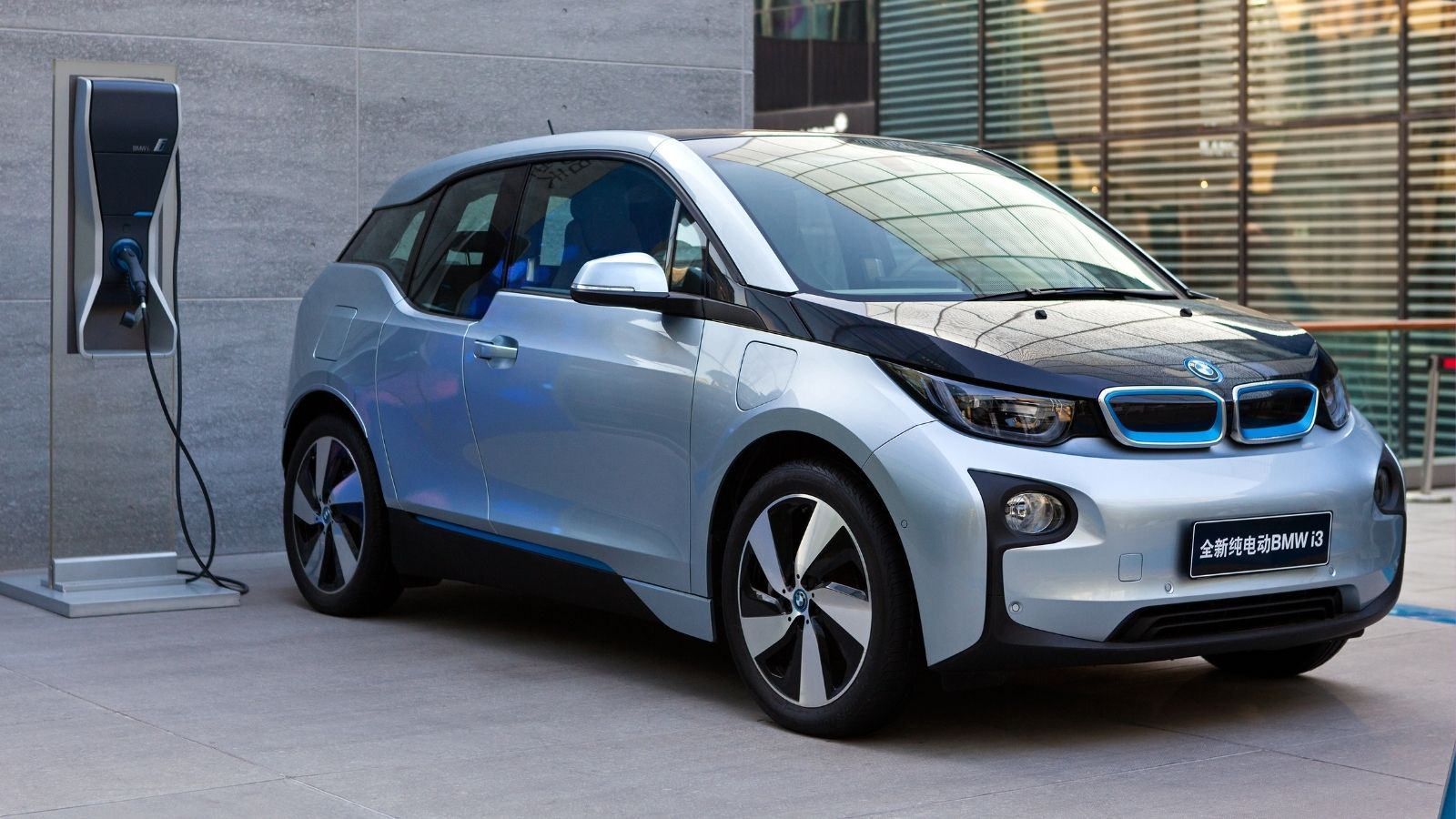
The BMW i3’s futuristic design and electric powertrain make it a novelty, but winter proves to be its Achilles’ heel. Its narrow eco-tires struggle on snow and ice, offering poor grip even with winter rubber. The short range becomes even shorter in sub-zero temperatures, leaving little margin for detours or delays. Heating the cabin also drains the battery rapidly. Its rear-wheel-drive layout doesn’t help either. While city-friendly in summer, the i3’s winter performance reveals the compromises made for design and efficiency over practicality.
Ford Mustang GT

Power and performance are hallmarks of the Mustang GT, but they become liabilities in cold climates. The car’s powerful V8 engine and rear-wheel drive combine for frequent fishtailing and poor traction. Winter tires help somewhat, but the car’s weight distribution still doesn’t favor snow handling. It’s low-profile scrapes against ice ruts and packed snow. The heating system is serviceable, but the real issue lies in its inability to maintain consistent control on slick roads, making it a poor daily driver in colder months.
Smart Fortwo
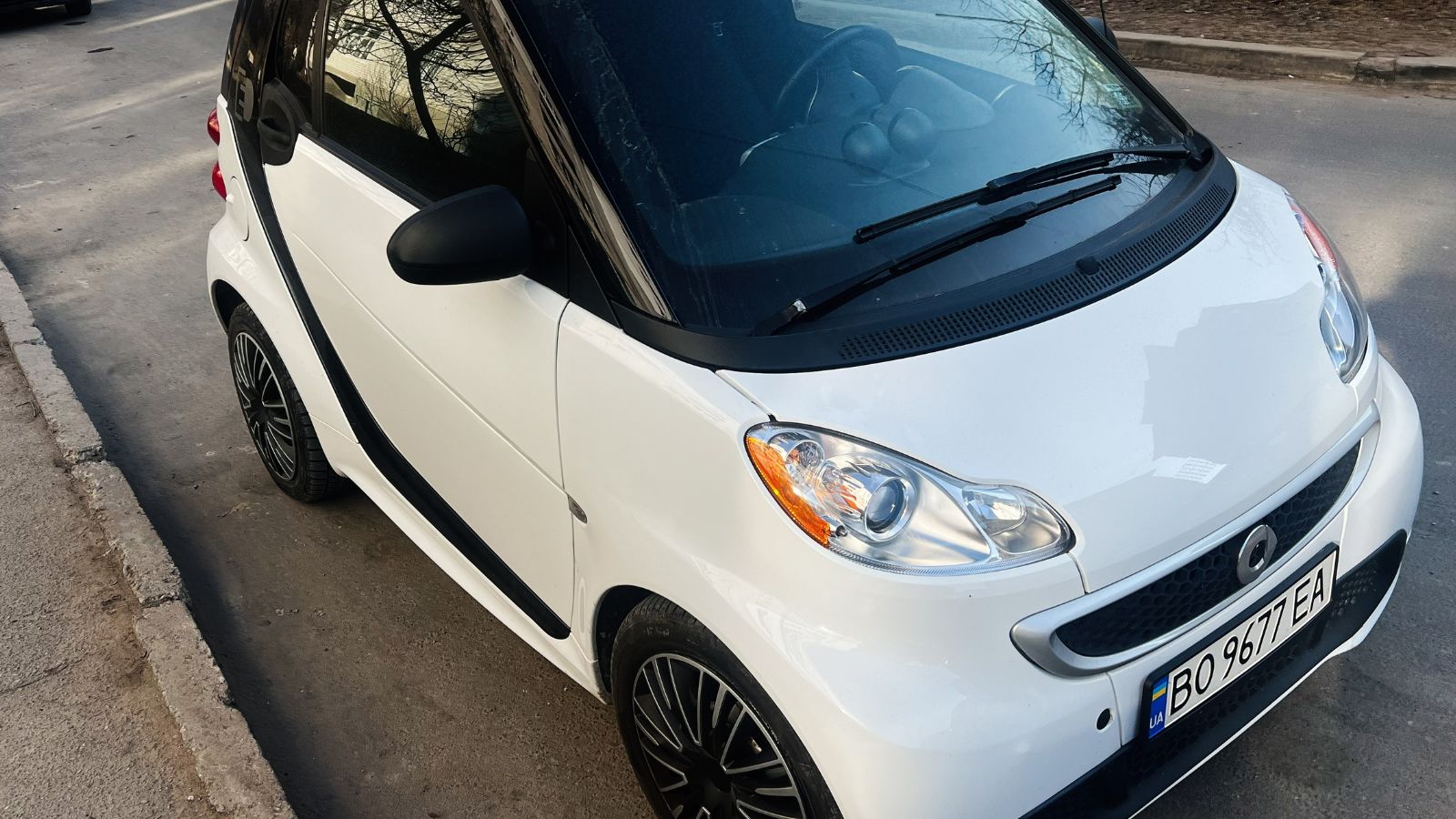
The Smart Fortwo is compact and easy to park, but those advantages disappear in winter. Its short wheelbase and lightweight body make it overly sensitive to wind gusts and road slush. Stability becomes a serious issue when snow piles up or conditions are unpredictable. Ground clearance is almost nonexistent, and snow can clog the wheels. Heated features are minimal, and cabin insulation is poor. And, despite its urban appeal, the Fortwo lacks the ruggedness required for consistent winter driving.
Tesla Model 3 (RWD version)
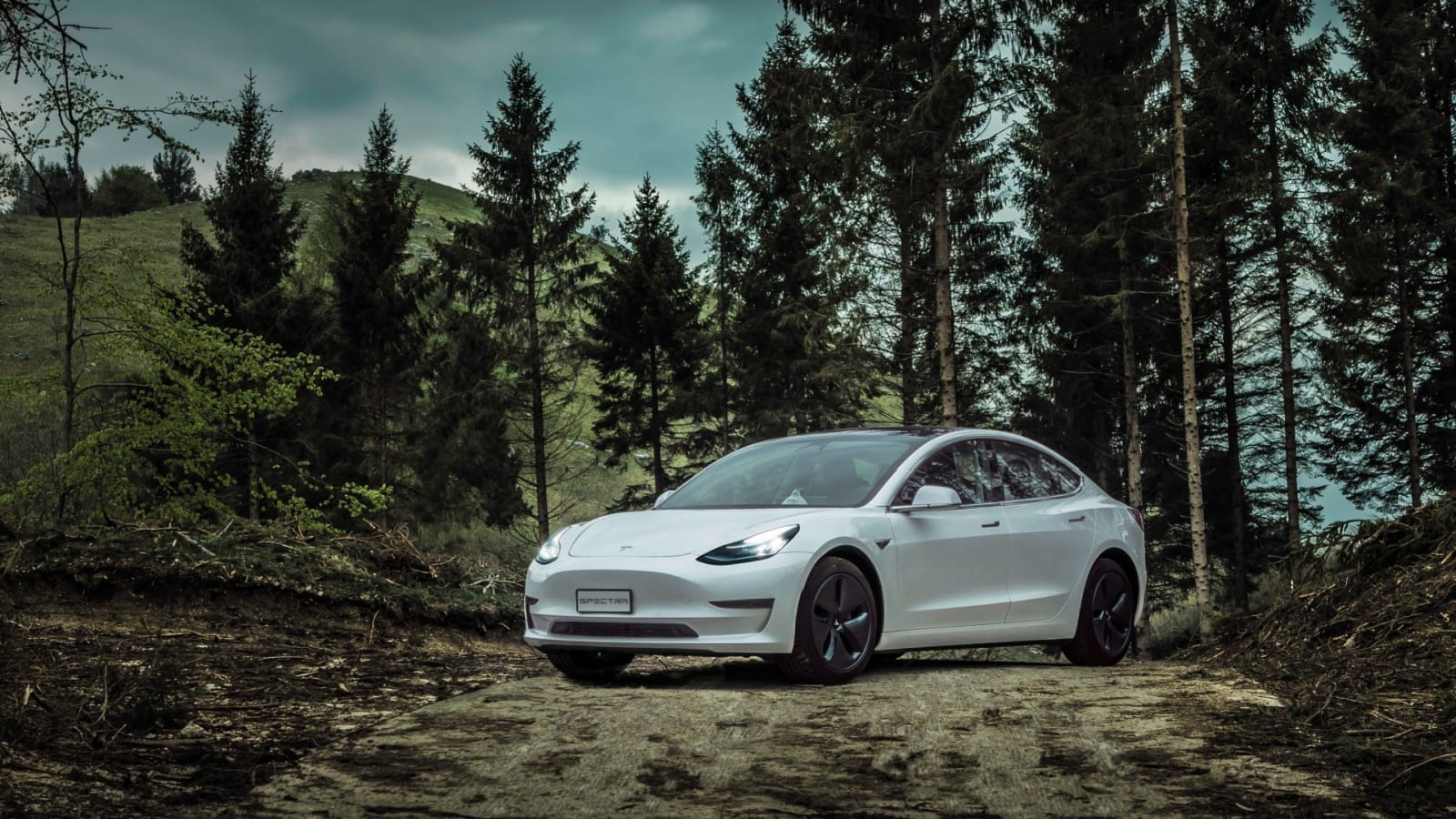
While AWD versions of the Model 3 do better, the rear-wheel-drive variant has a tougher time in winter. Electric torque is instant, which can cause wheelspin in icy conditions. The cabin heating system relies entirely on battery power, which severely reduces range in cold temperatures. Door handles can freeze, and the minimalist interface complicates things when quick defogging or demisting is needed. Without proper winter tires, handling suffers.
Toyota GT86 / Subaru BRZ
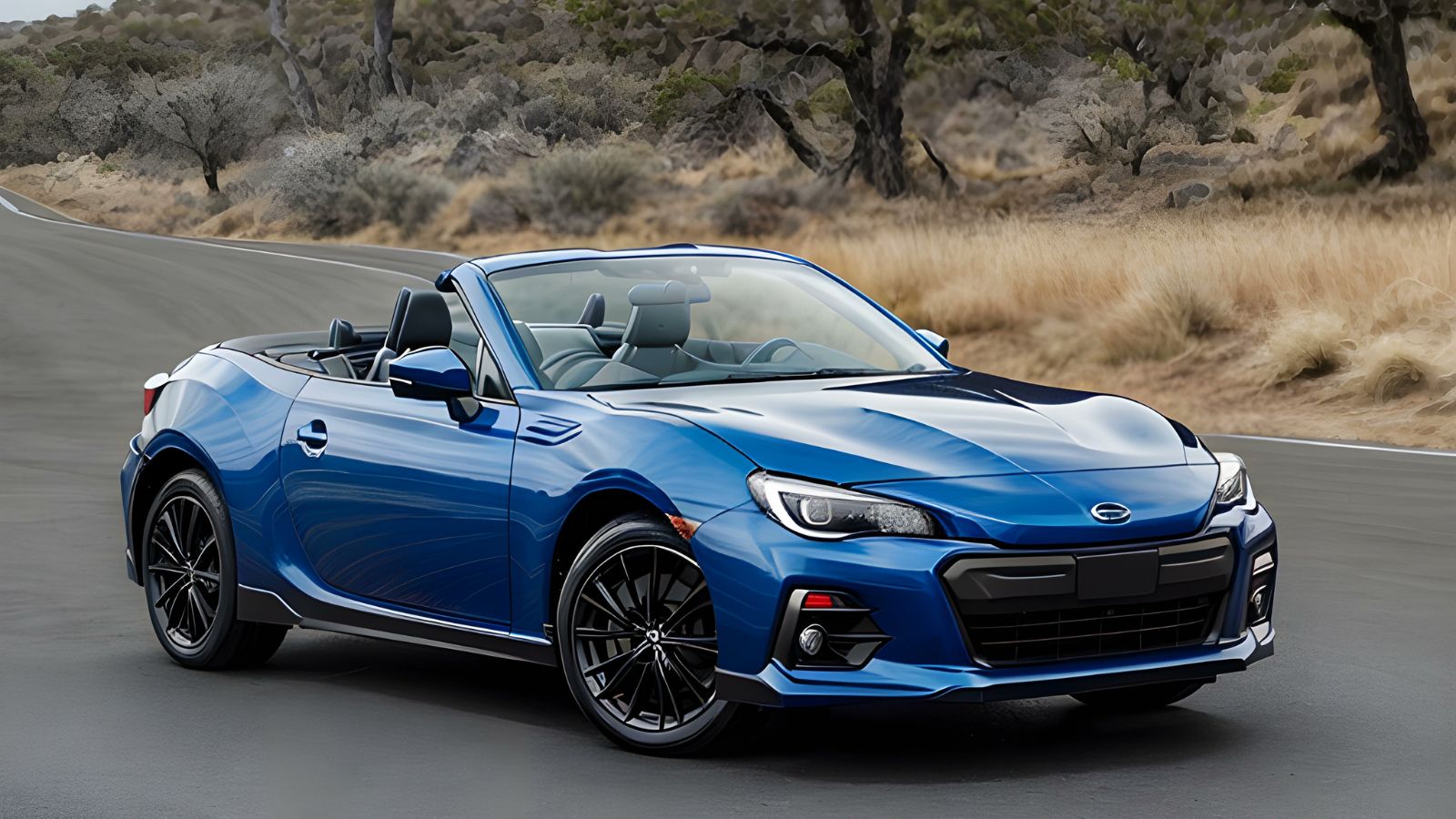
These sibling sports cars focus on agility and driving excitement, but their lightweight rear-wheel-drive setup makes them challenging to manage on snow. Ground clearance is low, which can be problematic even on lightly plowed roads. Their traction control systems can feel overbearing or ineffective, depending on the situation. Without all-wheel drive, these cars offer little confidence in wintry conditions. Performance tires only make matters worse. Owners often store them during the winter months rather than risk driving them.
Mazda MX-5 Miata
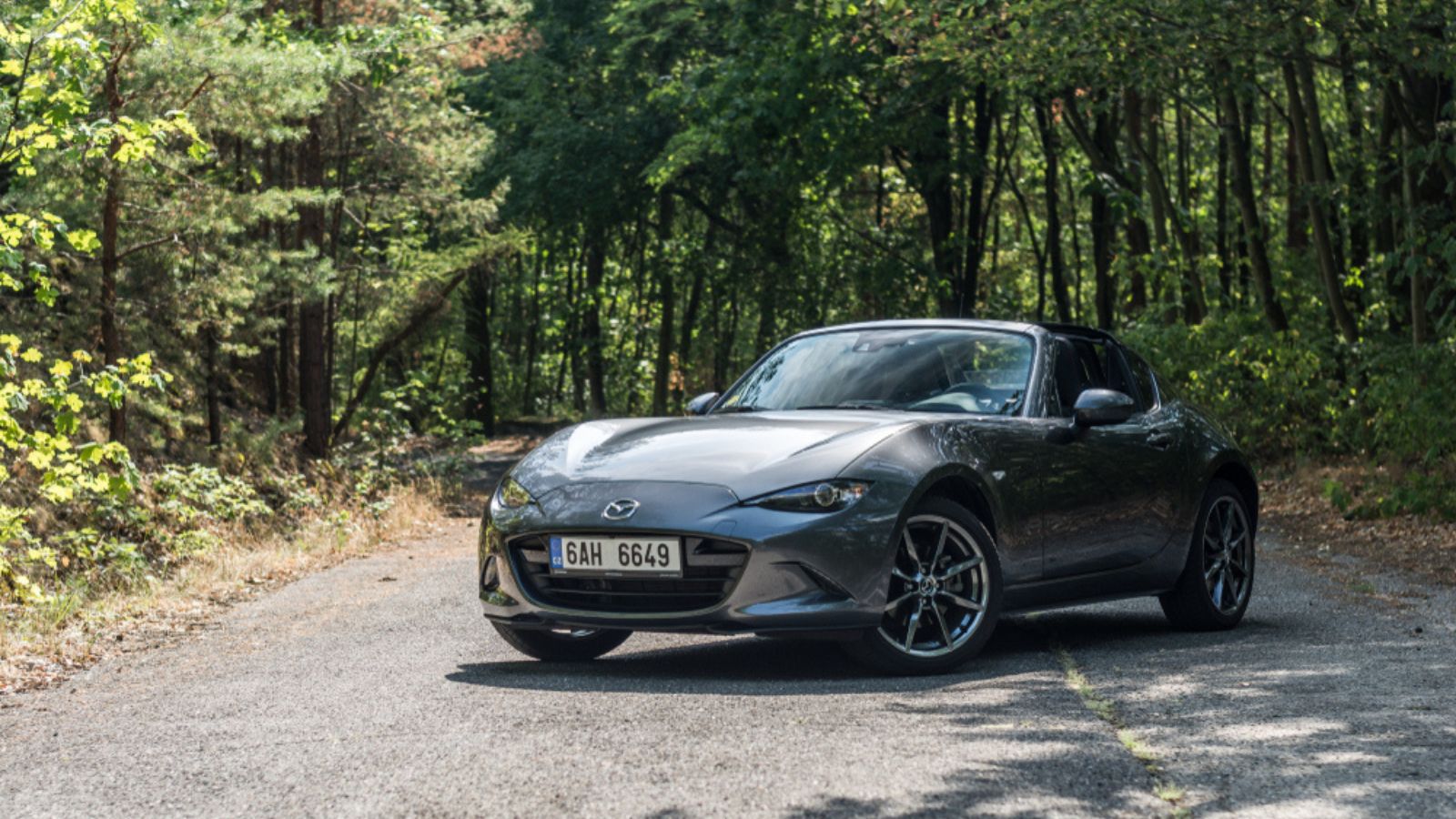
Few vehicles offer the charm of a Miata in summer, but that charm fades in the face of snow and ice. The car’s rear-wheel drive and feather-light build make it prone to sliding on slippery roads. The low ride height doesn’t help, nor does the limited cargo space for snow gear or emergency kits. Cabin heat output is sufficient, but doesn’t warm up quickly. All in all, as a two-seater with minimal weather insulation, the Miata isn’t equipped for northern winters.
Dodge Challenger (RWD models)
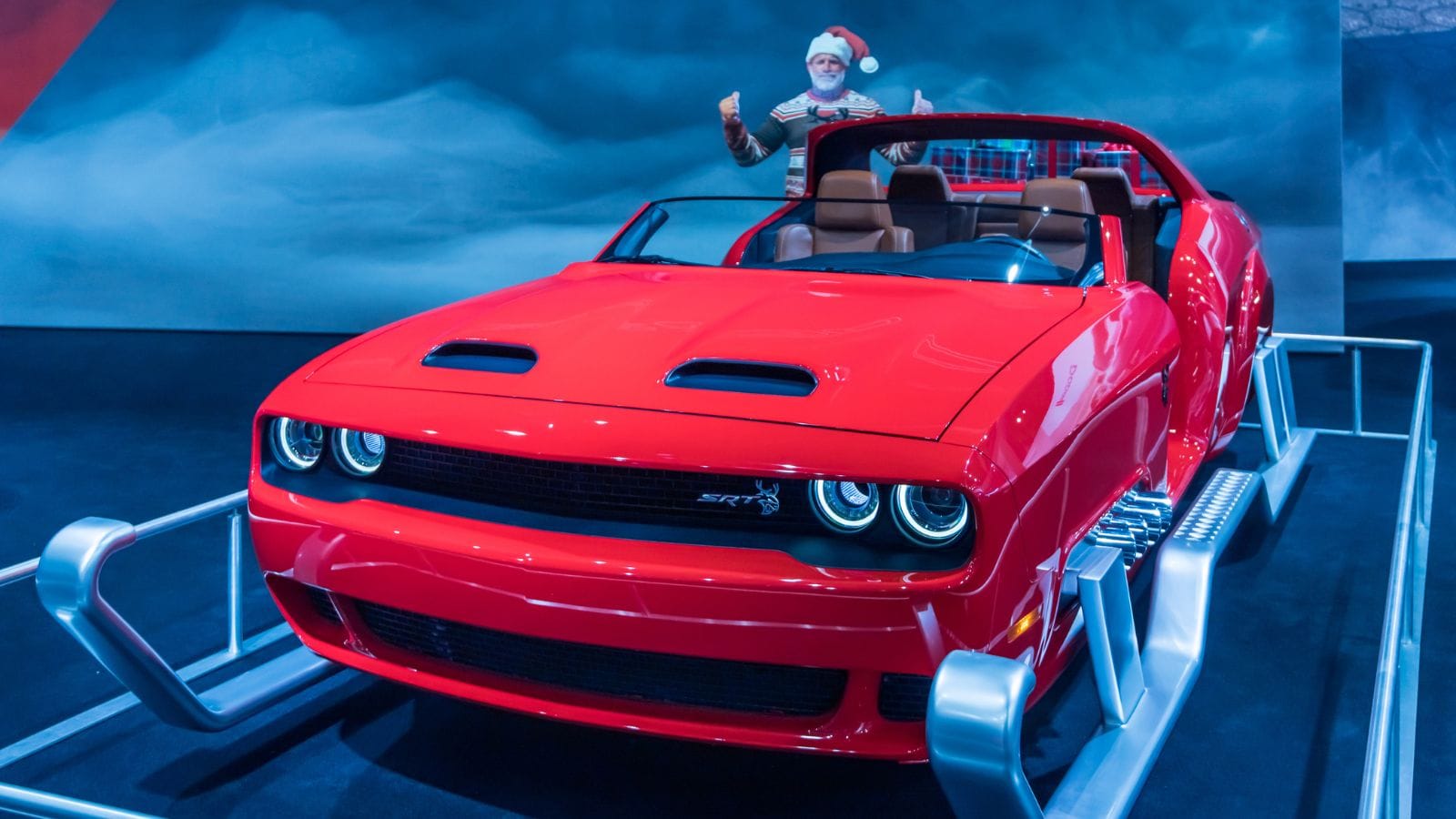
The Challenger RWD looks powerful, but drives clumsily on snowy roads. Its large body and poor visibility make it difficult to maneuver when snowbanks rise. Rear-wheel drive and heavy curb weight work against each other, resulting in frequent loss of traction. Even with snow tires, control is inconsistent. Heating and defrost systems are fine, but the mechanical setup just isn’t suitable for icy commutes. AWD versions fare better, but many older and base models don’t offer that option.
Fiat 124 Spider

This Italian roadster shares its platform with the Miata, inheriting many of its winter flaws. Rear-wheel drive, low clearance, and a lightweight frame make it challenging to handle even light snow. Visibility is restricted with the soft top up, and the heater takes time to warm the cabin. The performance tires are nearly useless in cold weather. Snow clogs the wheel wells easily, and any hill or incline becomes a frustrating challenge. It’s a car that begs to be stored until spring.
Nissan 370Z
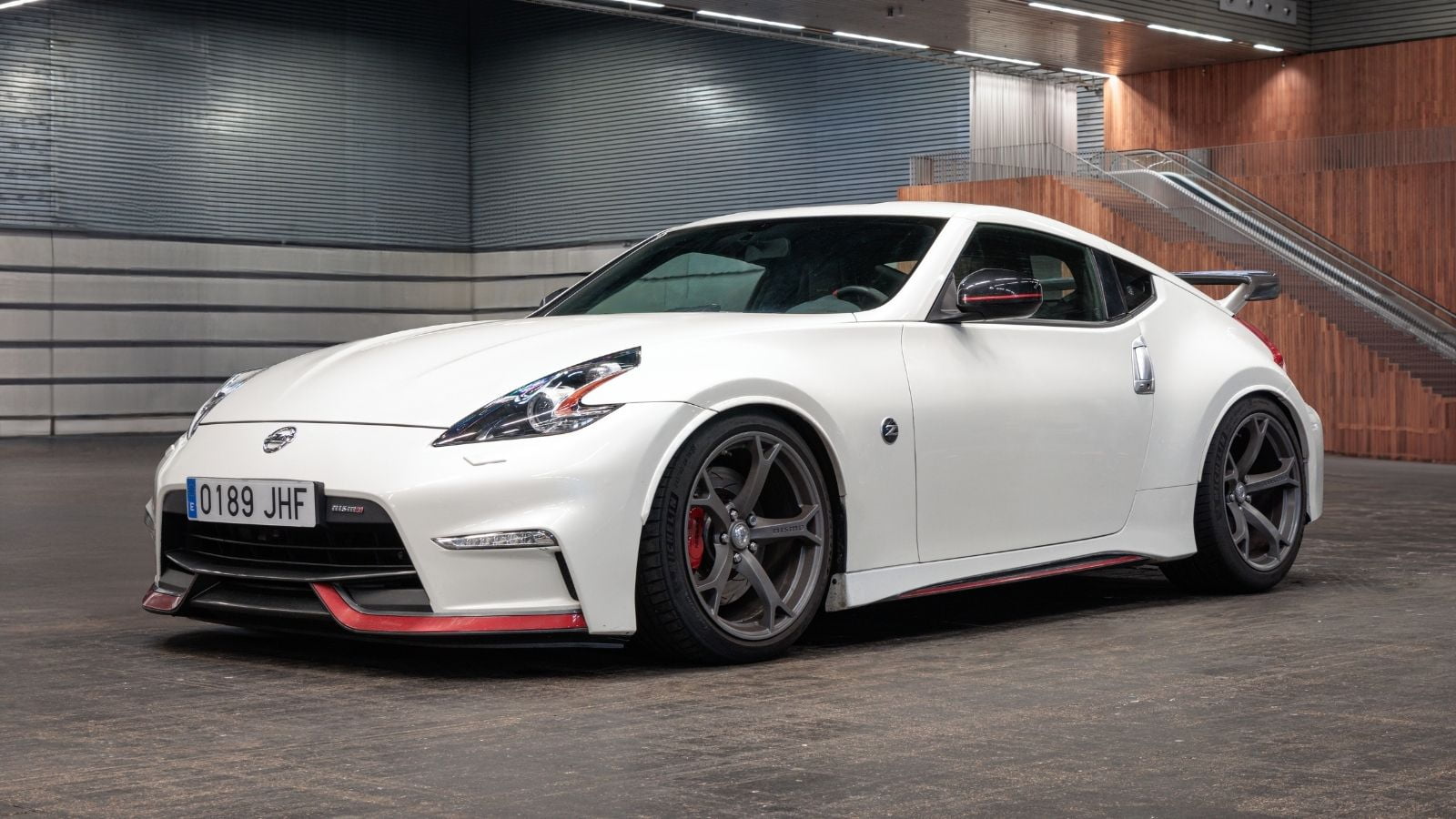
As a performance coupe with rear-wheel drive, the 370Z lacks the traction needed for snowy roads. The limited-slip differential helps somewhat, but can’t overcome the physics of cold, slick pavement. It sits low to the ground, and wide tires don’t perform well in snow. Stability control feels intrusive yet doesn’t instill confidence. Cargo space for winter gear is almost nonexistent. The car’s aging design also means it lacks more modern cold-weather features found in newer vehicles.
Mini Cooper (Base FWD)
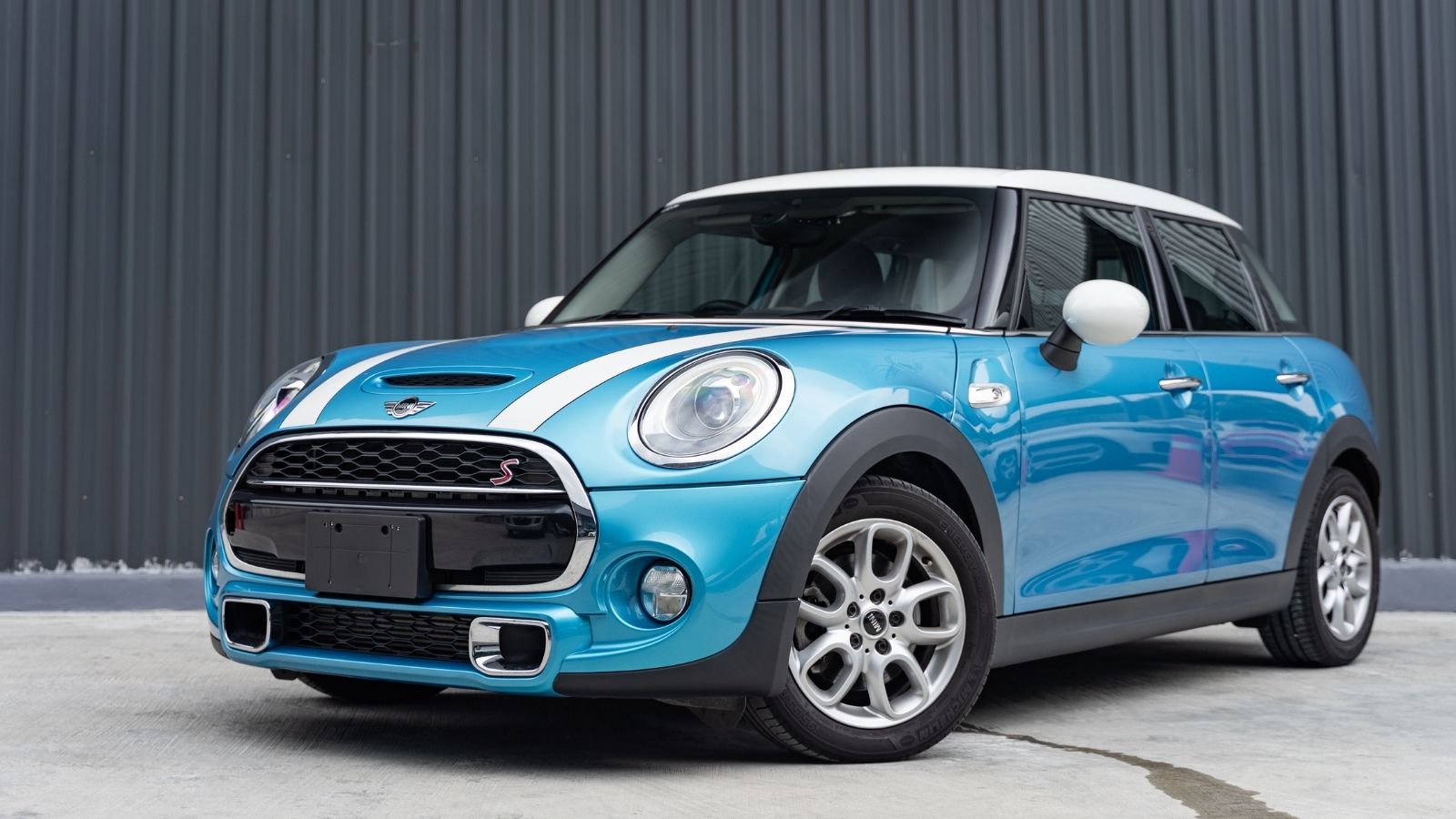
The Mini Cooper’s front-wheel drive helps somewhat, but its small size and firm suspension don’t inspire confidence in deep snow or icy conditions. Steering is twitchy on slick surfaces, and ground clearance is minimal. Windshield defogging can be slow, and some owners report issues with door seals in frigid weather. The ride becomes stiff and noisy on rough winter roads. While stylish and fun in urban settings, the base Cooper isn’t built for consistent performance in harsh winters.
Volkswagen Beetle

Despite its nostalgic charm, the Beetle struggles when things get slippery. Its front-wheel drive is helpful, but weight distribution is uneven, and it lacks traction in snow. Older models have subpar insulation, and newer ones don’t offer AWD. Clearance isn’t great, and the small cabin can become cold quickly. The heating system often underperforms in older variants, making frosty mornings even worse. When snow piles up or roads aren’t cleared, the Beetle’s limits become quickly apparent.
Chrysler 300 (RWD version)
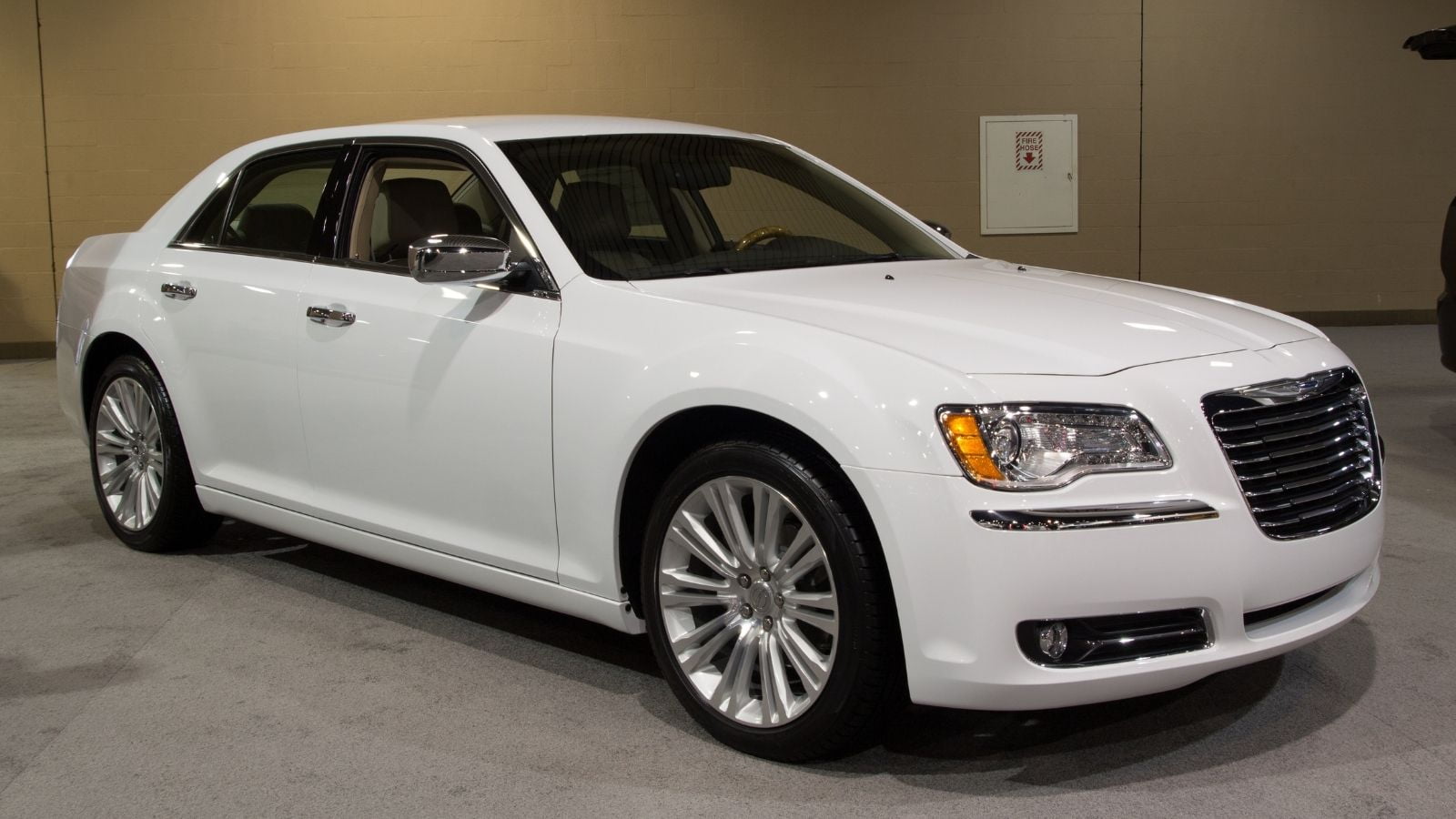
Luxury and style don’t translate into winter readiness. The rear-wheel-drive Chrysler 300 suffers from poor traction in icy conditions. Its wide tires are more suited to dry pavement, and despite having stability control, the car feels cumbersome on snowy roads. Ground clearance is low, and the car’s weight doesn’t distribute well for grip. While heated seats and steering wheels are appreciated, they don’t make up for the struggle to stay on course. AWD versions exist but aren’t the norm.
Hyundai Veloster
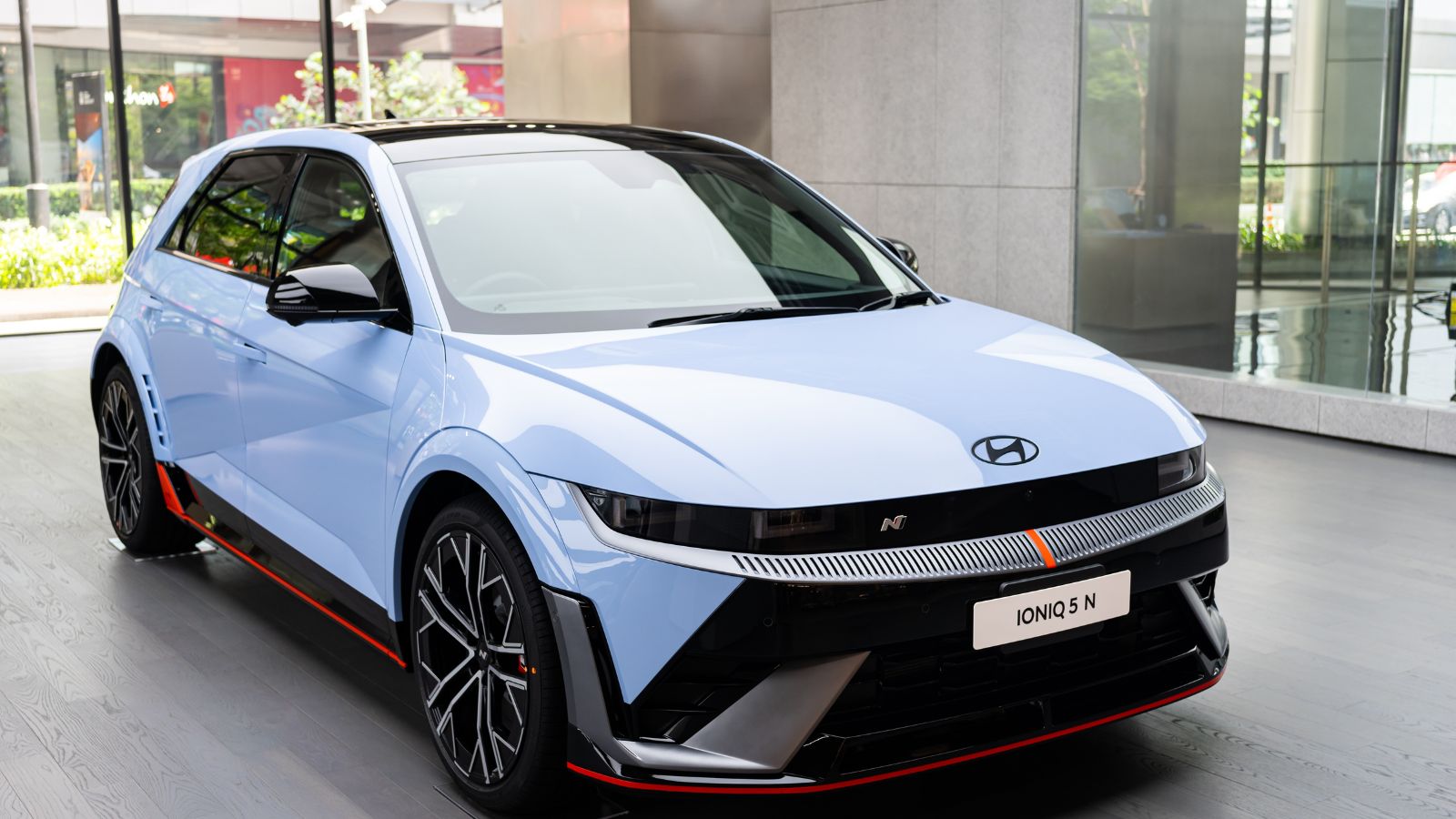
Sporty in appearance but lacking in winter practicality, the Veloster’s front-wheel-drive setup isn’t enough to compensate for its low stance and stiff suspension. It tends to bottom out in deep snow, and traction control can’t keep up when conditions worsen. The three-door design isn’t ideal for getting gear or passengers in and out when snowbanks are involved. Heating performance is average, and visibility is compromised in poor weather. It’s better suited for dry city streets than frozen ones.
Scion FR-S
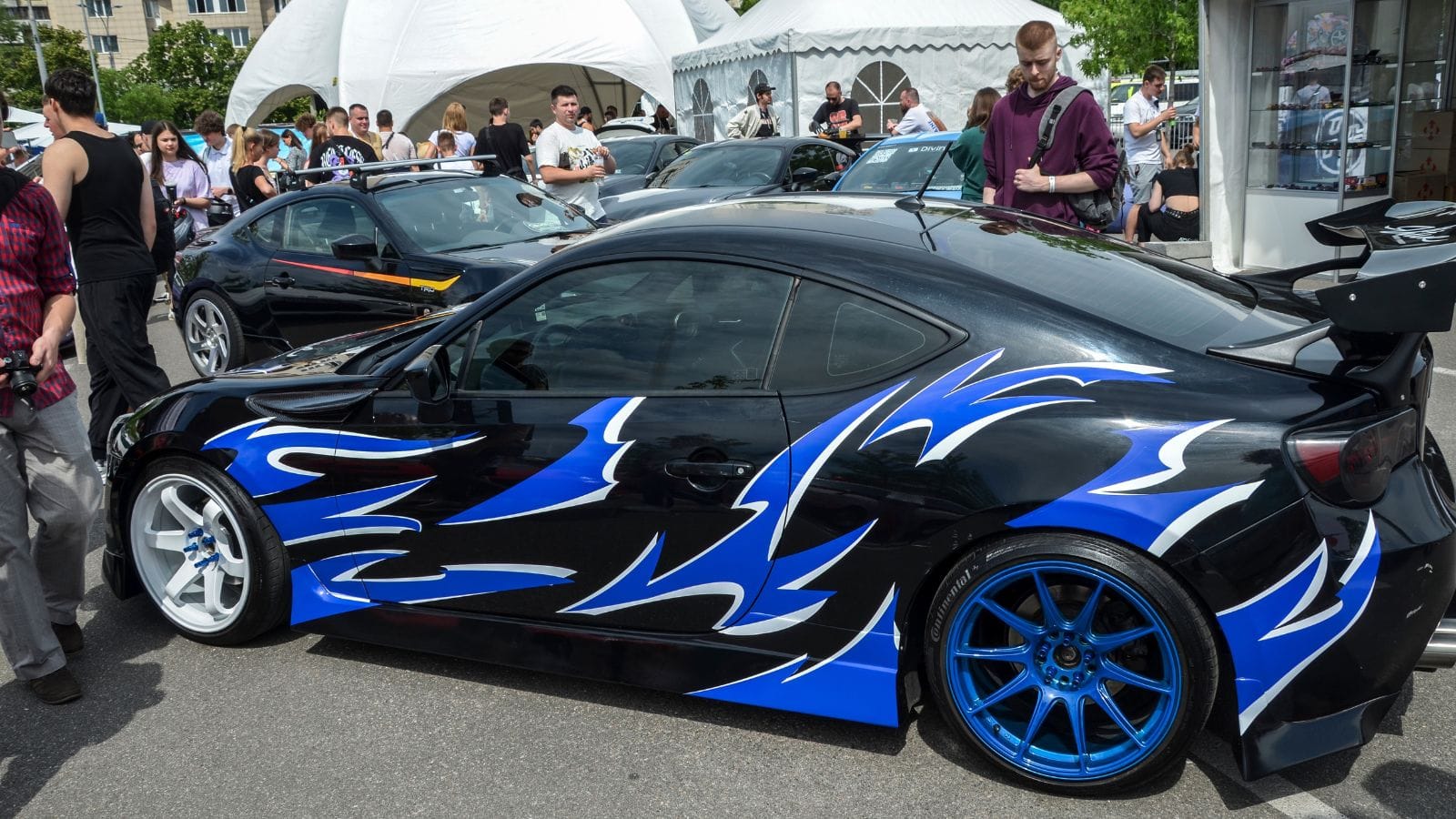
Nearly identical to the Toyota GT86 and Subaru BRZ, the Scion FR-S inherits the same winter driving issues. Rear-wheel drive paired with a lightweight frame creates traction challenges. It lacks AWD options, and the stock tires are ill-suited for anything below freezing. Heating is sufficient, but the cabin is too compact for comfort in layered clothing. Icy conditions magnify every steering input, and controlling the vehicle requires more attention than most drivers want to give on a snowy commute.
Mitsubishi Mirage
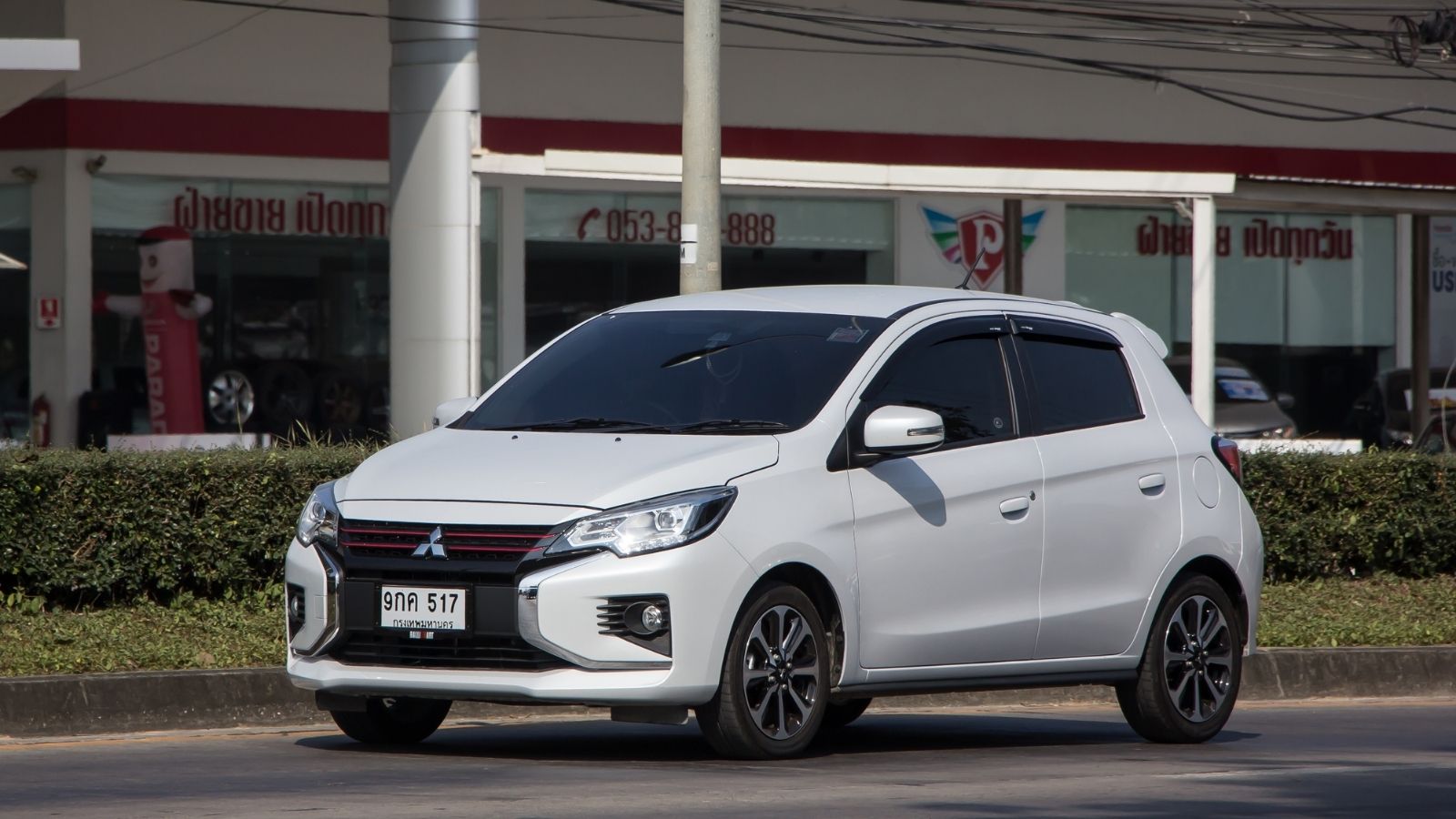
The Mirage is affordable and efficient, but winter exposes its weaknesses. It has front-wheel drive, which helps, but the tiny wheels and light body create a poor road feel in snow. The heating system struggles to keep up with extreme cold. Its insulation is minimal, leading to chilly rides. Safety ratings are mediocre, and traction control is subpar. Wind and snow buffet the vehicle more than sturdier competitors. It’s an economical choice that doesn’t pay off in winter weather.
Kia Forte (Base trims)
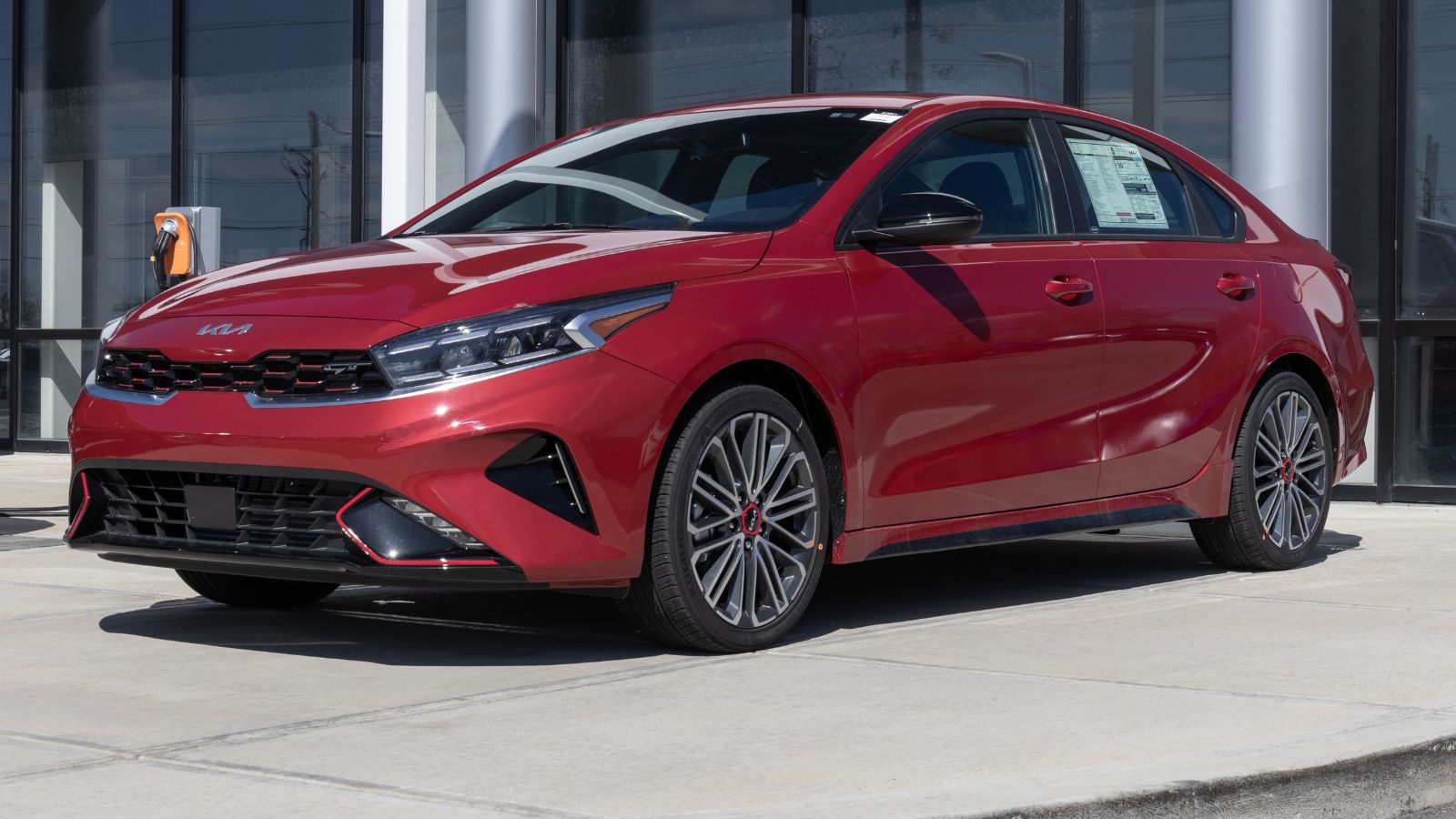
The Forte is decent for fair-weather driving, but its base models lack advanced traction and stability systems found in higher trims. Ground clearance is low, and it lacks all-wheel-drive options altogether. The heating system is basic, and defrosting can be slow. While handling is adequate on dry roads, ice and snow quickly expose its limitations. Suspension isn’t tuned for winter potholes or rough terrain. For those seeking cold-weather confidence, the base Forte falls short.
Dodge Charger (RWD models)
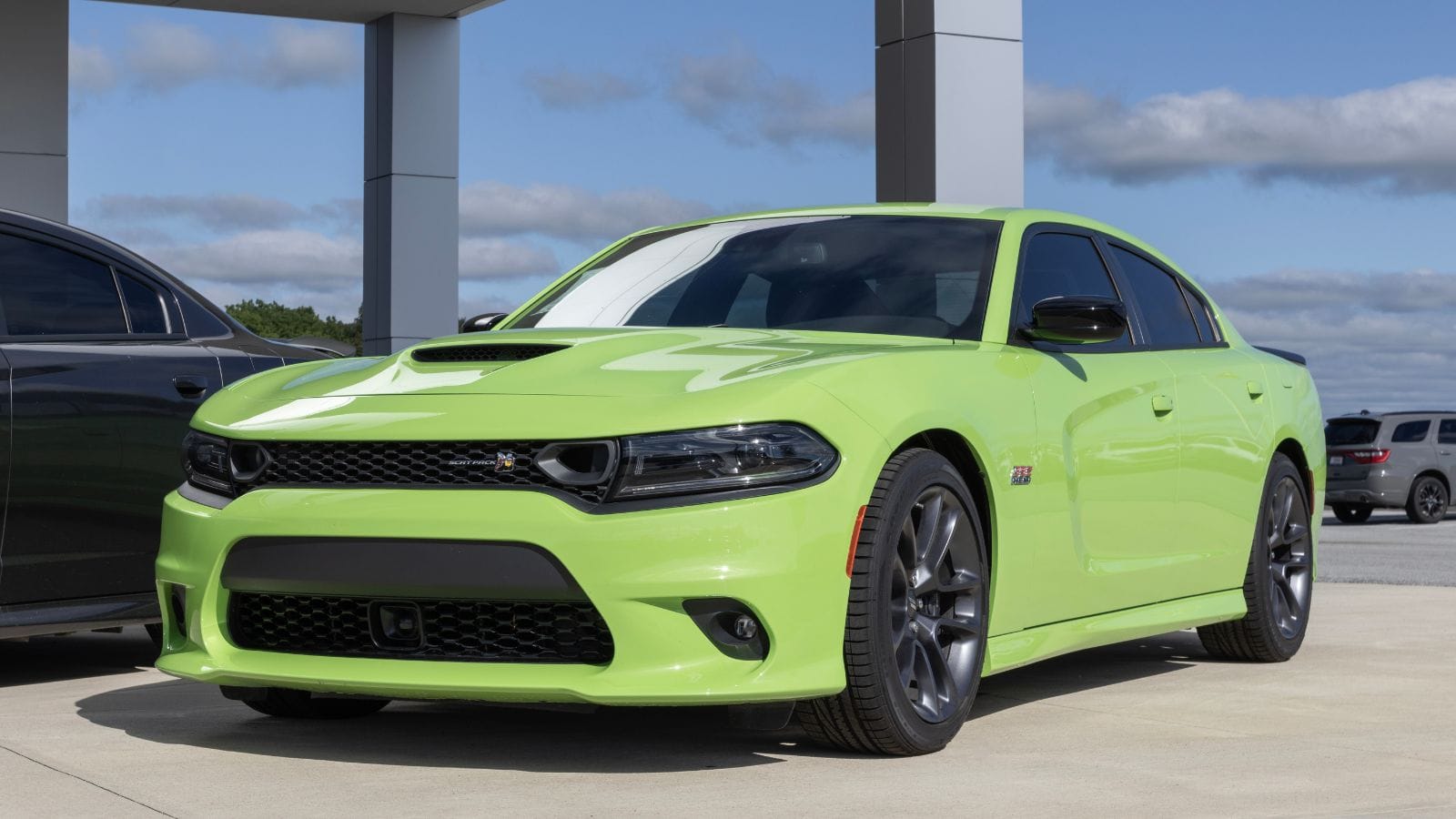
Much like the Challenger, the Charger’s rear-wheel-drive variants are ill-equipped for winter. The car’s size and power overwhelm its ability to maintain grip. Snow tires help, but don’t eliminate the frequent slipping and sliding. Braking distances increase drastically on icy roads, and large blind spots hamper visibility. The interior is comfortable and warm, but driving it becomes a chore in the snow. AWD trims do better, but most rental and base models don’t offer that setup.
Toyota Prius
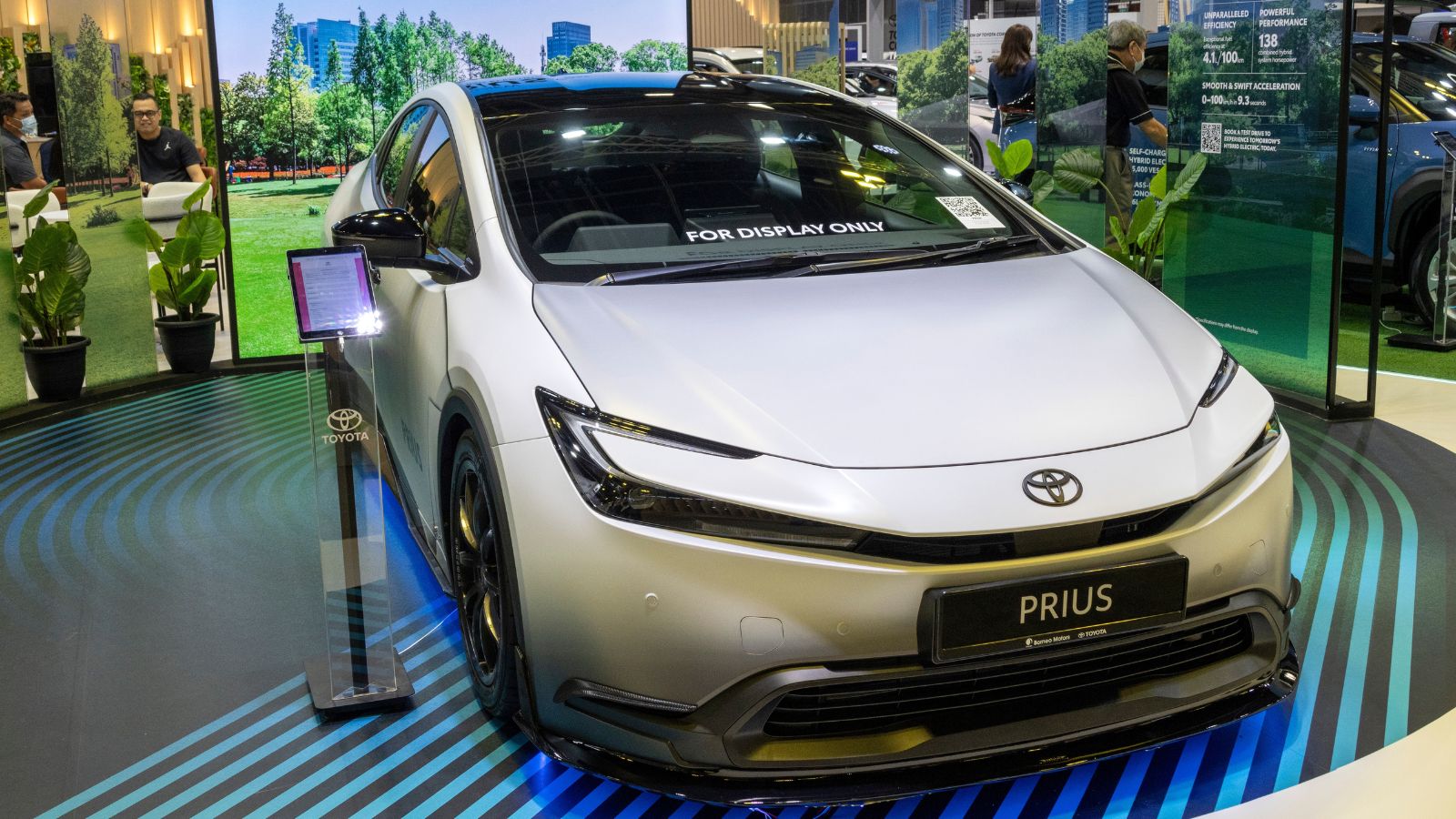
Excellent on fuel economy but underwhelming in snow, the Prius isn’t built for blizzards. The hybrid powertrain can be sluggish in cold weather, and the low ride height poses clearance issues. Regenerative braking can be too aggressive on ice, causing skids. Cabin heat drains the hybrid battery, further lowering winter efficiency. Older models have had issues with traction control kicking in too late. It’s a green choice, but not a whiteout-ready one.
Chevrolet Spark
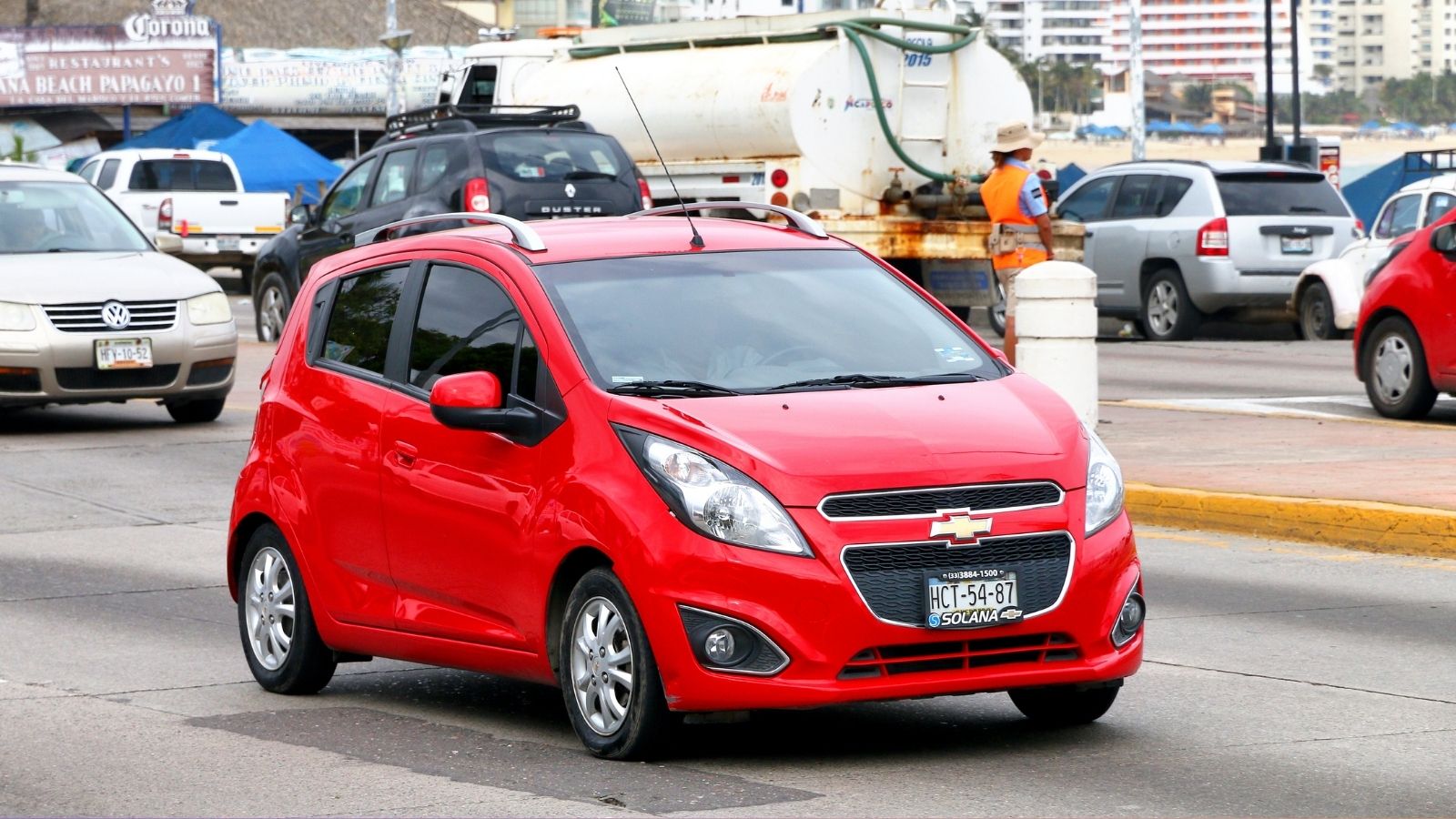
Small and maneuverable, the Spark still lacks the tools to thrive in deep snow. Front-wheel drive offers a bit of reassurance, but the low clearance and narrow tires are liabilities. The heater is slow to warm up, and defrosting takes time. Stability on ice is minimal, and wind pushes the lightweight body around. It’s easy to park, but handling it on slippery slopes or snow-clogged streets can be challenging. Drivers often wish for something with more substance in winter.
BMW 2 Series Coupe (RWD)
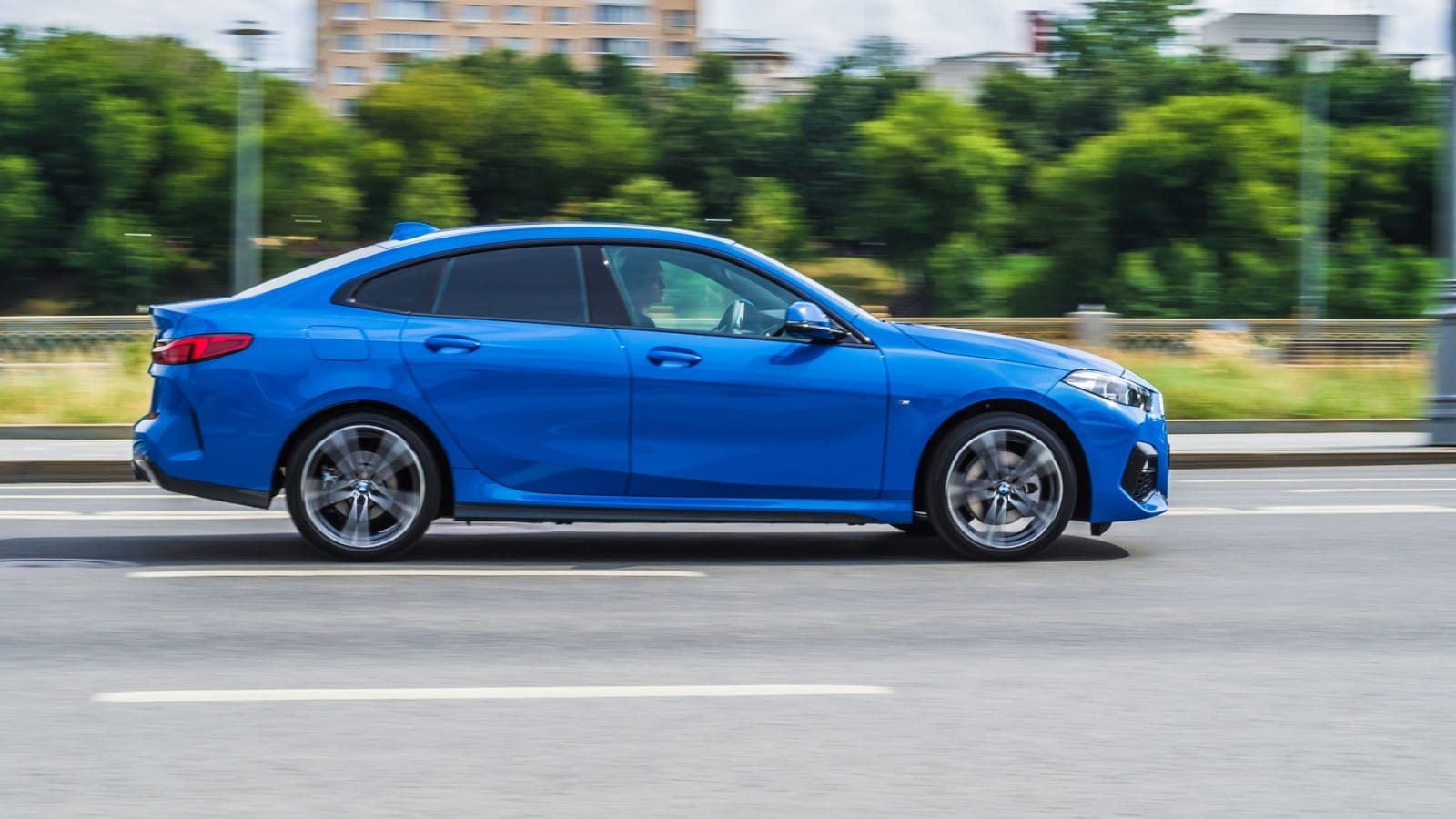
The rear-wheel-drive versions of the BMW 2 Series coupe are performance-oriented but not winter-savvy. Torque delivery is brisk, leading to wheelspin on cold pavement. Even with winter tires, handling is unpredictable. Ground clearance is tight, and the sport suspension transmits every road imperfection. The heating system is efficient, but door and window seals can sometimes freeze shut. As an entry-level luxury coupe, it emphasizes speed over stability, which becomes problematic when snow and ice enter the equation.
Genesis G70 (RWD version)
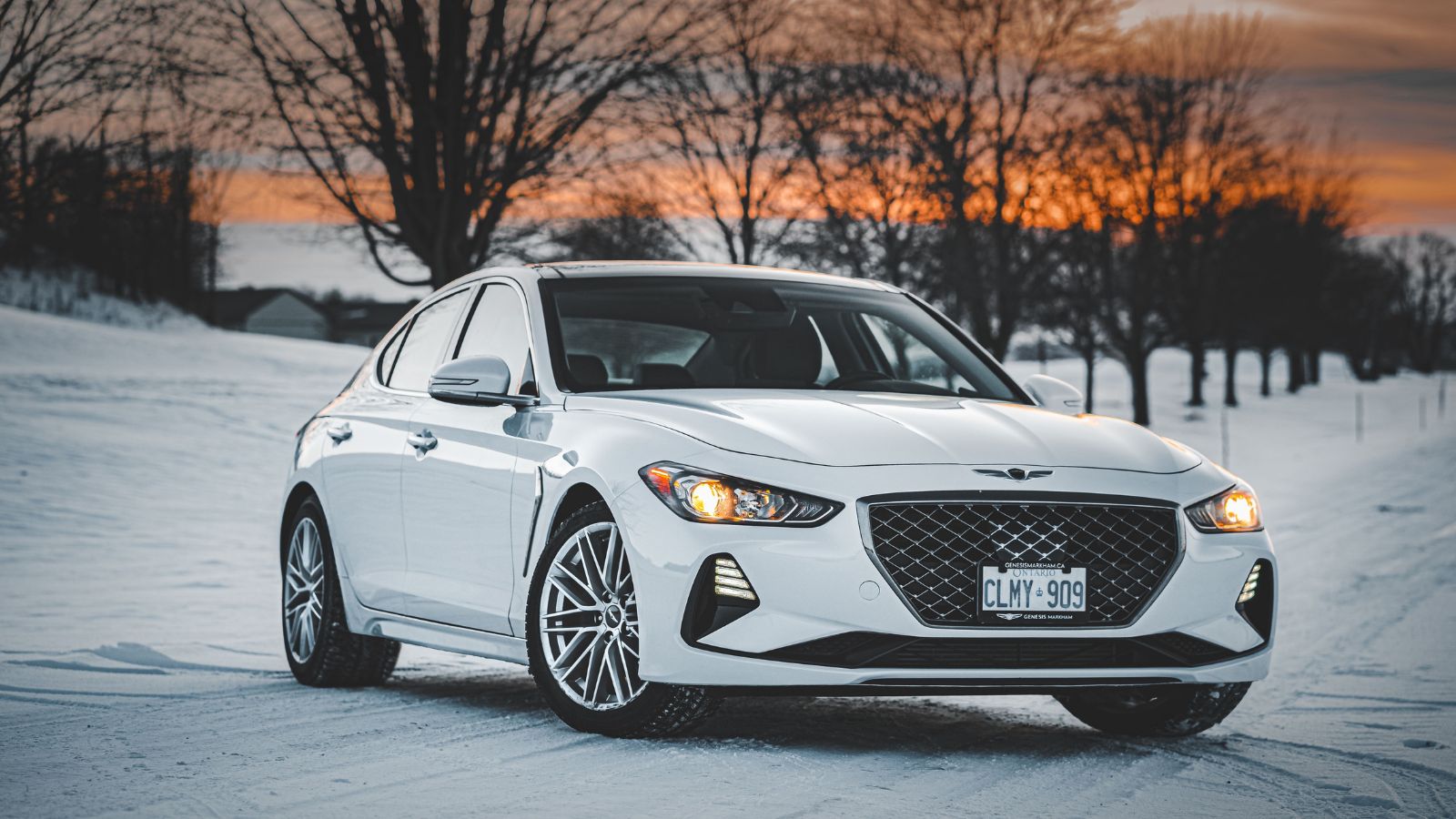
Luxury doesn’t always guarantee winter performance. The RWD Genesis G70 struggles with icy roads due to its sport-focused design. The turbocharged engine produces ample power, but it’s hard to manage on slick surfaces. Snow tires are a must, yet even then, traction can feel tentative. Low-profile tires and stiff suspension don’t help ride quality either. While the cabin offers excellent comfort, including heated features, the drive quality doesn’t inspire confidence in poor weather.
Honda CR-Z
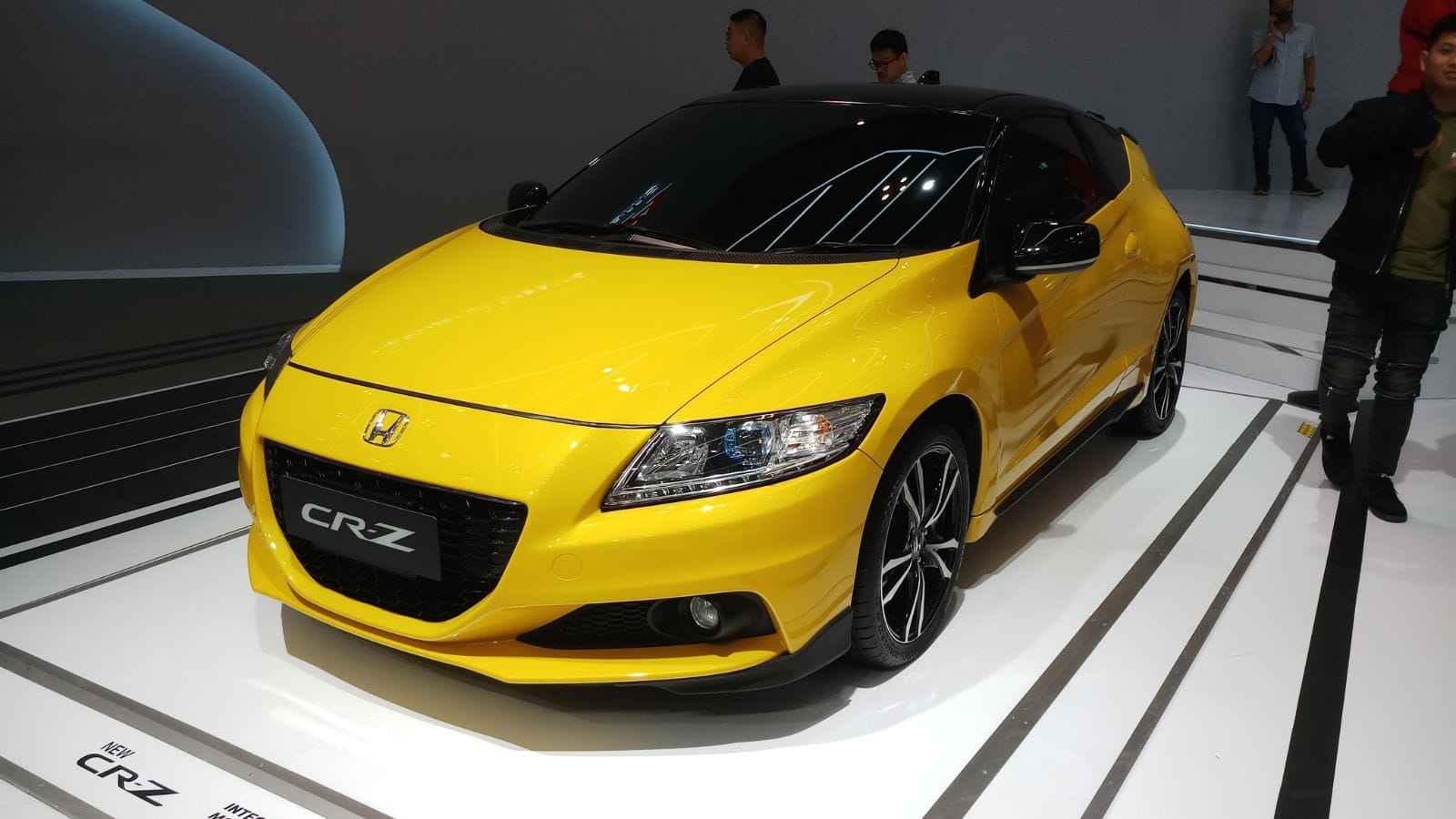
Marketed as a sporty hybrid, the CR-Z combines the worst of both worlds for winter: light weight and front-wheel drive with limited clearance. It’s zippy in dry weather but becomes twitchy in snow. The small cabin and modest heater aren’t ideal for sub-zero mornings. Battery performance also dips in extreme cold. With little space for winter gear and a ride height that’s more hatchback than crossover, it’s not the companion you want for snowy months.
25 Facts About Car Loans That Most Drivers Don’t Realize

Car loans are one of the most common ways people fund car purchases. Like any other kind of loan, car loans can have certain features that can be regarded as an advantage or a disadvantage to the borrower. Understanding all essential facts about car loans and how they work to ensure that you get the best deal for your financial situation is essential. Here are 25 shocking facts about car loans that most drivers don’t realize:
25 Facts About Car Loans That Most Drivers Don’t Realize
